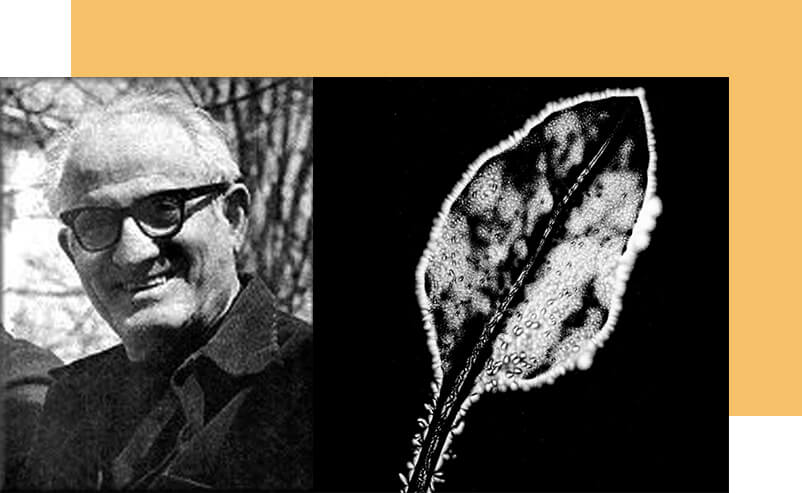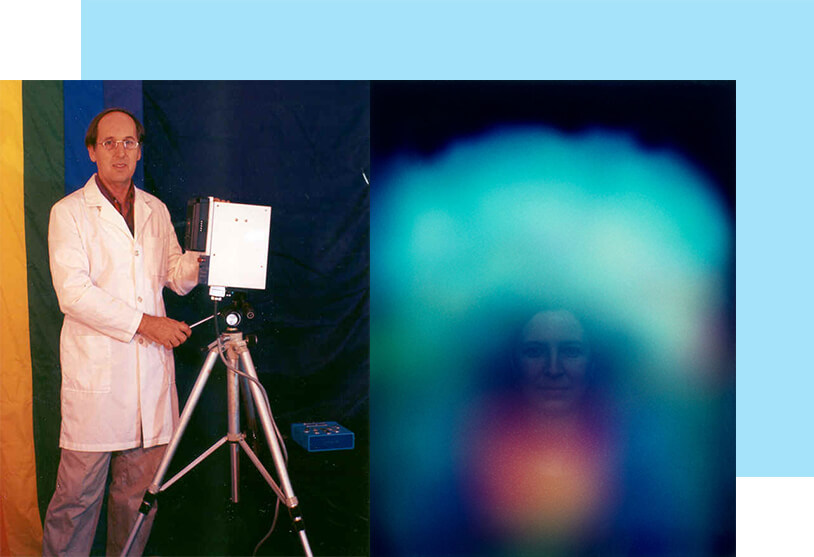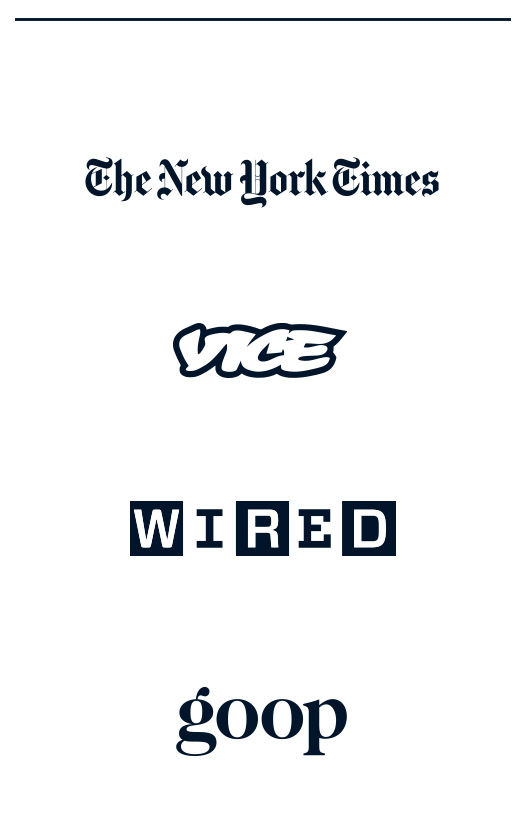About AuraCamera

About AuraCamera
When starting with aura imaging many years ago
we had a vision of what would be possible with technology. We have gotten
enormous satisfaction from the knowledge that our products have positively
affected lives around the world.
At AuraCamera, we create vibrant aura visualizations inspired by age-old
traditions—rendered as captivating artwork on instant film. A creative tool
designed for intuitive people, general wellness practitioners, and event
professionals alike.
The passion and dedication Guy Coggins committed towards the first AuraCamera
paved
the
way for this technology to be applied in new and amazing ways. Going from the
old cameras
of the 70's and 80's to the modern aura imaging systems that create aura
visualizations on
high-resolution instant film is an innovation used by practitioners worldwide.
AURA IMAGING: A MODERN CREATIVE EXPERIENCE
Aura imaging is a distinct category of creative expression—designed for
entertainment, self-reflection, and personal exploration.
How it works: Two ergonomic hand sensors capture signals, which are
processed through our camera enclosure and rendered as vibrant aura color visuals
overlaid onto your portrait on instant film.
The result is a captivating keepsake that sparks curiosity and conversation—perfect
for events, wellness spaces, and creative studios. For entertainment purposes only.
PIONEERS OF ALTERNATIVE PHOTOGRAPHY
18th century
It all began in the Victorian era. The environment was ripe for change: technological advancements in the field of photography, such as the development of the wet collodion process, made the medium relatively accessible, while paranormalism was taking North America and Europe by storm. Among the paranormal beliefs popular during the Victorian age was Franz Anton Mesmer’s 18th-century theory that all animate and inanimate things were charged with a “vital fluid.”

Franz Friedrich Anton Mesmer (1734-1815); A man hypnotising a woman using the "animal magnetism" method. (1802) Engraving by D. Dodd.
Mid 19th century
While some occult photographers sought to record ghostly forms, those inspired by Mesmerism wanted to show the energy fields that comprised objects and beings. If a psychic could visualize invisible energies—could a camera? In the 1860s, Austrian chemist Karl Ludwig Freiherr von Reichenbach began photographing objects in complete darkness, trying to capture their energy or "od." His work marked the outset of effluvist photography, a subset of Victorian occult photography and alternative imaging techniques.

Karl Ludwig Freiherr von Reichenbach (1788–1869); "The luminous manifestations of ‘od’" (1851) From 'Physico-Physiological Researches on the Dynamics of Magnetism in their Relation to Vital Force'
Late 19th century
It was Wilhelm Conrad Röntgen's discovery of the X-ray in 1895 that underpinned effluvist photography. With new radiographic equipment, the invisible could be made visible. In France, just before the turn of the century, physician Hippolyte Baraduc and soldier Louis Darget utilized the technology to document energy fields by pressing subjects' fingers or foreheads onto sensitized photographic plates; Baraduc and Darget believed these images could relate to mood and wellbeing. The imprinted photographic forms inadvertently advanced the field of abstract photography as well, inspiring artists like László Moholy-Nagy.

Hippolyte Ferdinand Baraduc (1850-1909); “Photograph of the Fluidic Nimbus of a Medium’s Thumb” (1893) Gelatin Silver Print.
Early 20th century
In Russia, experimentation with components of radiographic devices started what's known as electrography—a technique for capturing coronal discharge imagery. Some scientists, like Jakob von Narkiewicz-Jodko, believed that electricity was crucial to understanding a person's energy fields. His photographic process called for an induction coil, which he used to electrically charge a metal plate. When an object or body part was placed on photosensitive material atop the charged plate, the coronal discharge produced a glowing silhouette.

Jakob von Narkiewicz-Jodko (1848-1905); "Effluvia from an Electrified Hand Resting on a Photographic Plate" (1896) Electrograph, Société Astronomique de France, Paris.
Mid 20th century
Decades later, in 1939, Semyon and Valentina Kirlian, a Russian electrical engineer and his biologist wife, independently discovered coronal discharge photography and dubbed it “Kirlian photography.” Like Narkiewicz-Jodko, the Kirlians believed that these photos could provide psychic insights. By that time, color photography had become commercially viable, and the striking color spectrum of Kirlian photography played a role in its spread. The couple’s findings, which only became public in 1958, garnered attention in the West when the book “Psychic Discoveries Behind the Iron Curtain” was published in 1970.

Semyon Davidovich Kirlian (1898–1978); "Kirlian photograph of a leaf" (c. 1939) From 'In the World of Miracle Discharges', published in 1964.
Late 20th century
A century of ventures to photograph the aura resulted in a camera devised in the New Age milieu of the 1970s by a Californian entrepreneur named Guy Coggins. Coggins, who has a background in electrical engineering, first brought his AuraCamera 3000 to market in the early 1980s, and later released the AuraCamera 6000. While Kirlian photography created contact prints, Coggins's AuraCamera adapted Kirlian methods to produce instant photographs, linking an instant-film camera to hand sensor plates.

Guy Coggins (1949-); Aura portrait photograph taken with the AuraCamera 6000 camera.




